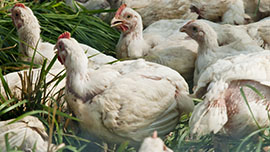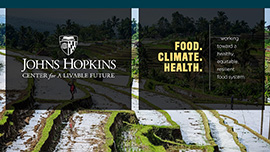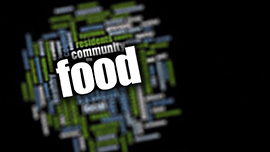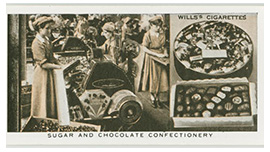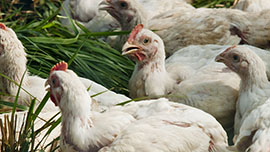Stories
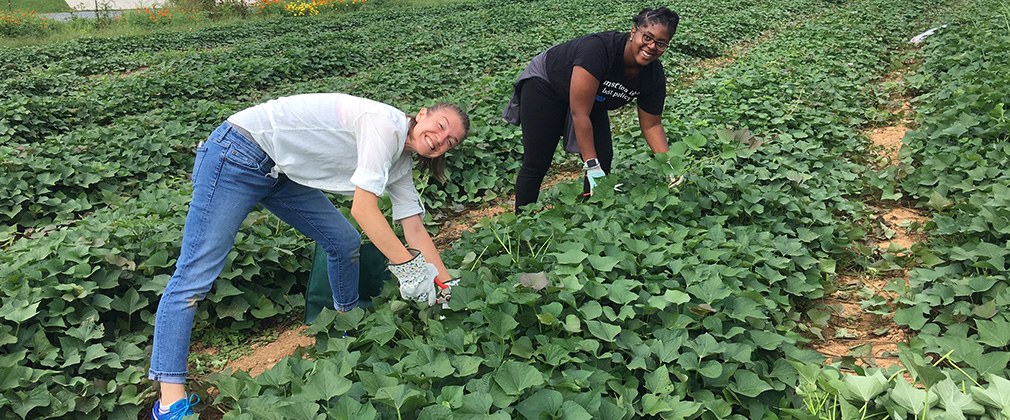
Find out how the CLF is engaged in positive food systems change.
Food Equity, Food Animal Production
Ruffled Feathers at Wicomico County Town Hall
The impetus for the town hall was a proposed broiler operation near Salisbury that would include up to 13 broiler houses.
Strengthening Food System Resilience, Food Systems & Urbanization
Stuck in the middle with you: Peri-urban areas and the food system
Peri-urban areas play a large role in the food system, especially for businesses involved in the intermediate stages of the food supply chain, such as processing and storage.
Reducing Food Waste
Survey Says – Confusion about Food Date Labels
Food date labels are not federally regulated.
Forced Labor and Worker Rights in Seafood Supply Chains
I was first introduced to labor rights in the food industry after watching the documentary Food Chain$.
Food Animal Production, Food Policy & Governance
Limiting Antibiotics Misuse in Food Animals – Legislation We Need
In Maryland, three bills have been introduced in 2016 in the state legislature to address antibiotic misuse.
Food Policy & Governance
Structuring Your Food Policy Council
Organizational development is a dynamic process—re-evaluate and modify your organization to meet needs.
Strengthening Food System Resilience
Favorite Foods: Reshaping the Resilience Conversation
By asking ourselves what foods we can’t live without, and then imagining a world without them, we can form a more constructive dialogue about both sustainability and resilience.
Food Animal Production, Food Policy & Governance
In Annapolis Policymakers Claim to Protect Farmers, Protect Bay
The Farmers’ Rights Act would help Maryland lawmakers take meaningful steps toward protecting the region’s contract growers.
Food Systems & Climate Change
A View from the COP21 Sidelines
If our world leaders think we will solve all of the problems we are already – and will increasingly be – experiencing as a result of climate change with simple public education or eco-tree benches, they’re delusional.
Diet, Health & Planetary Boundaries, Food Systems & Climate Change
Meat, Paris, and Next Steps
According to the UN, livestock production is responsible for 14.5 percent of global greenhouse gas emissions.
